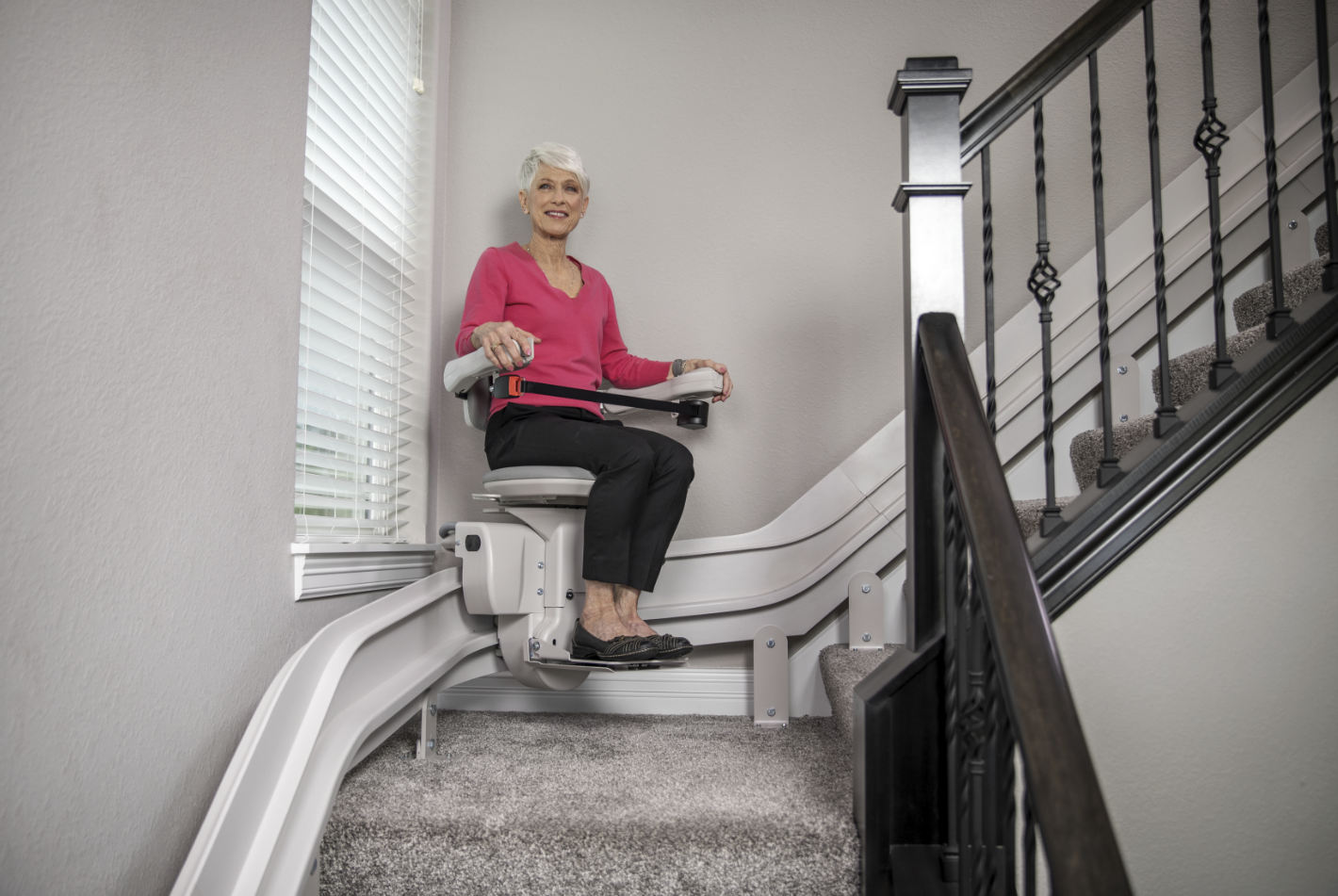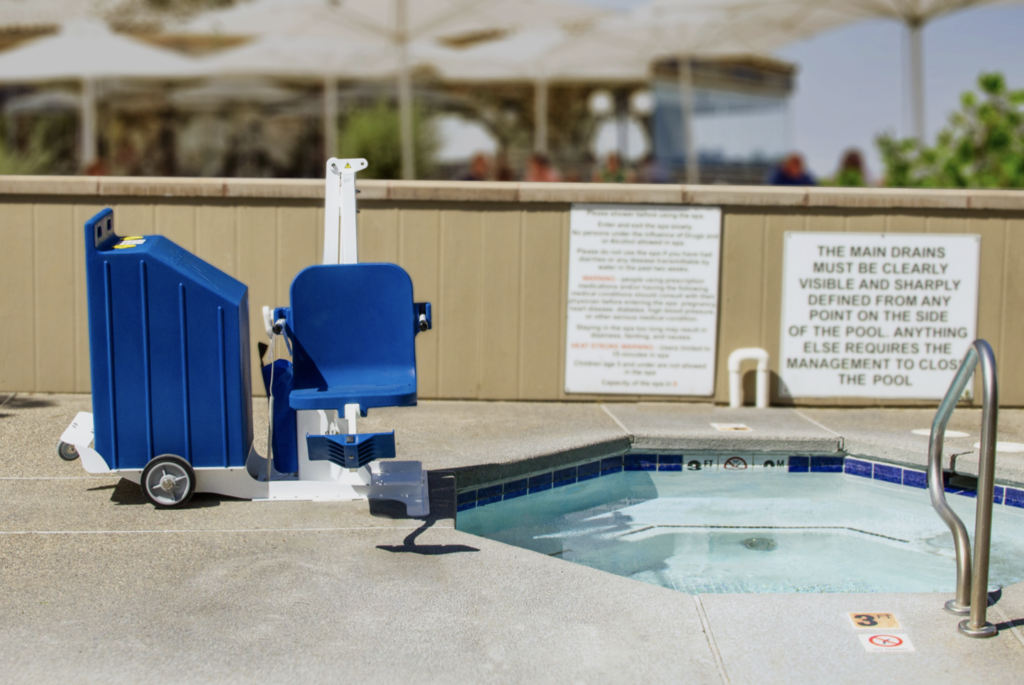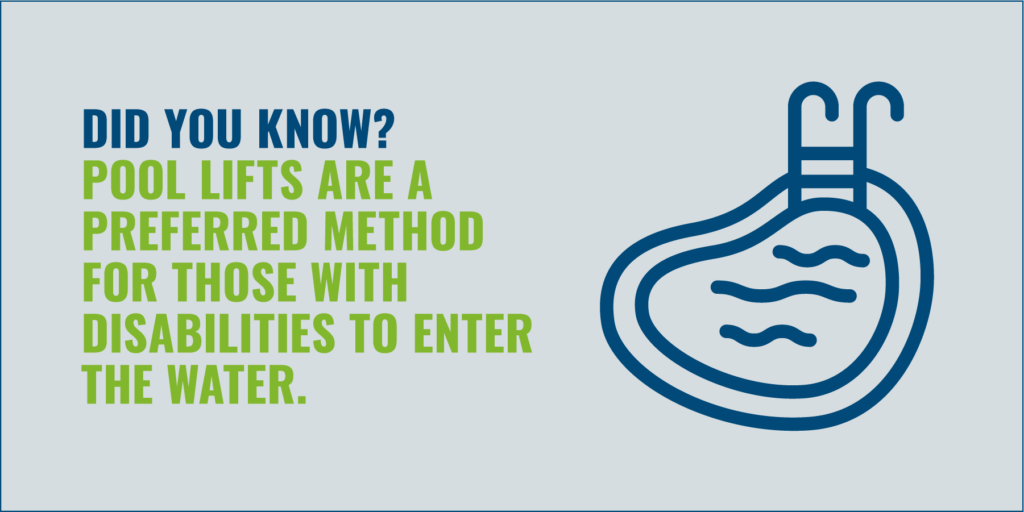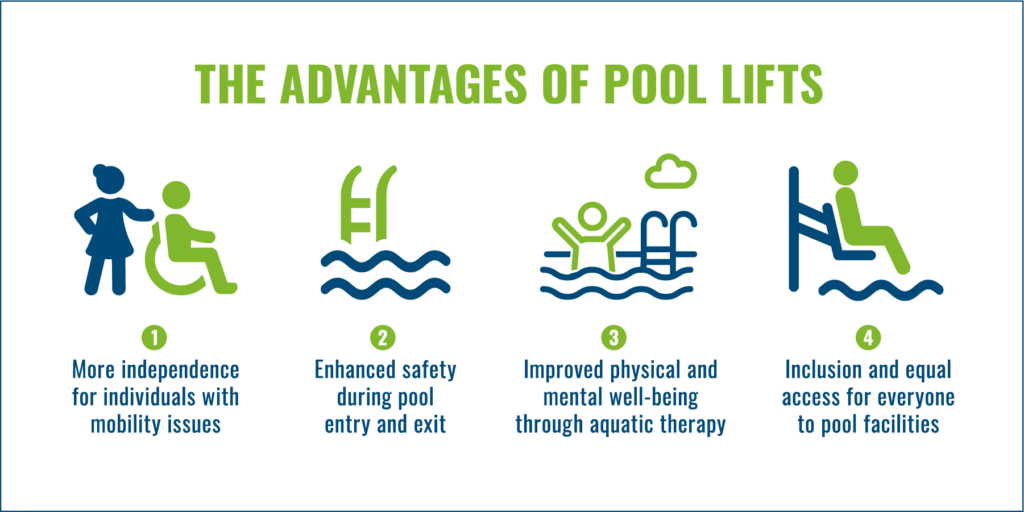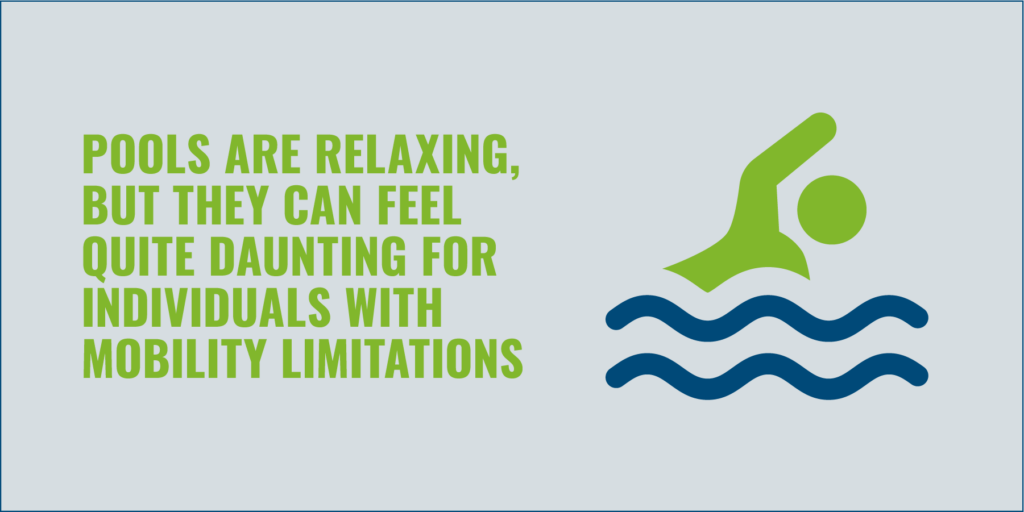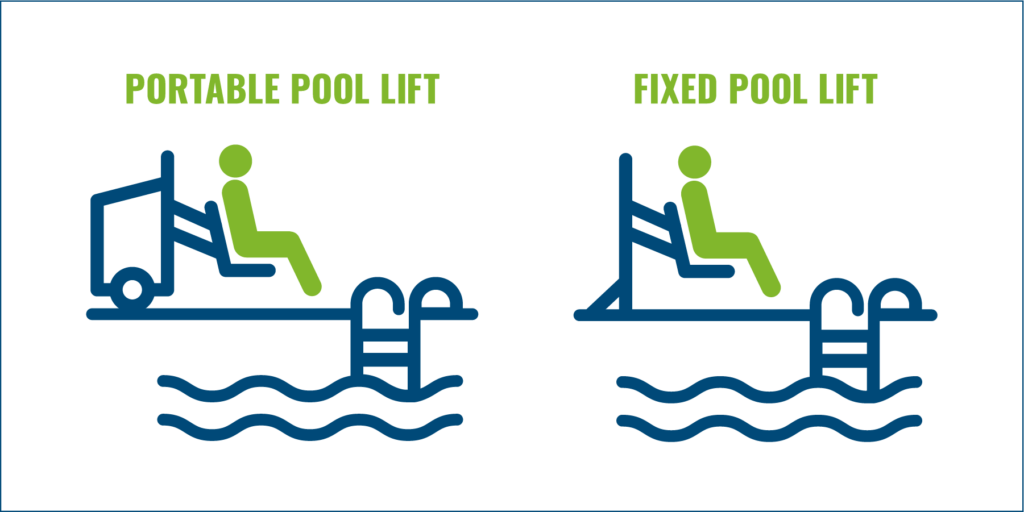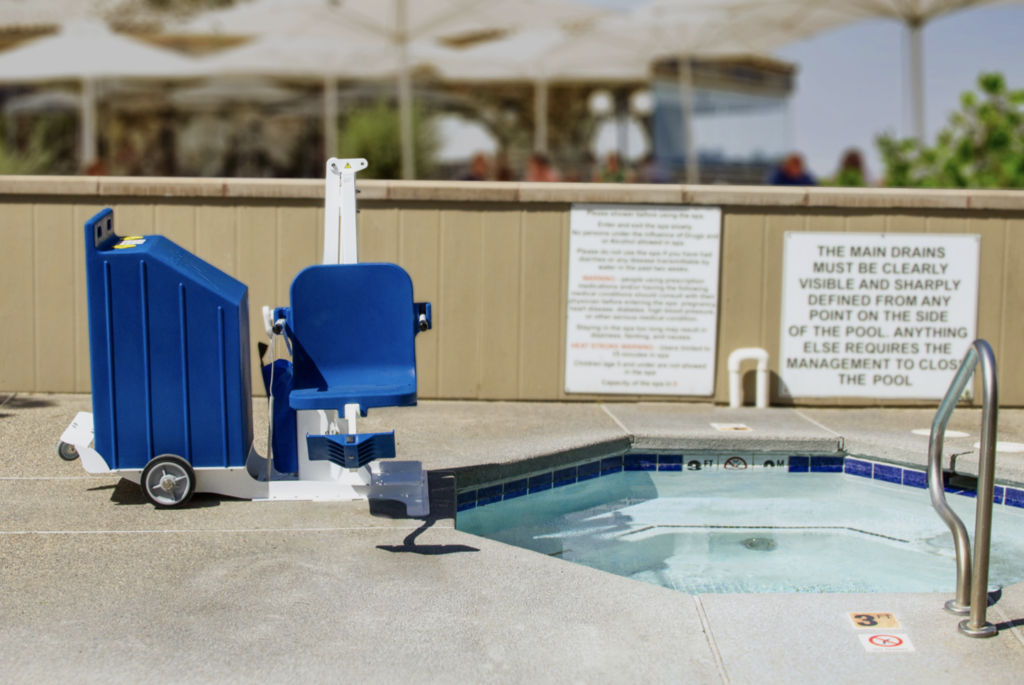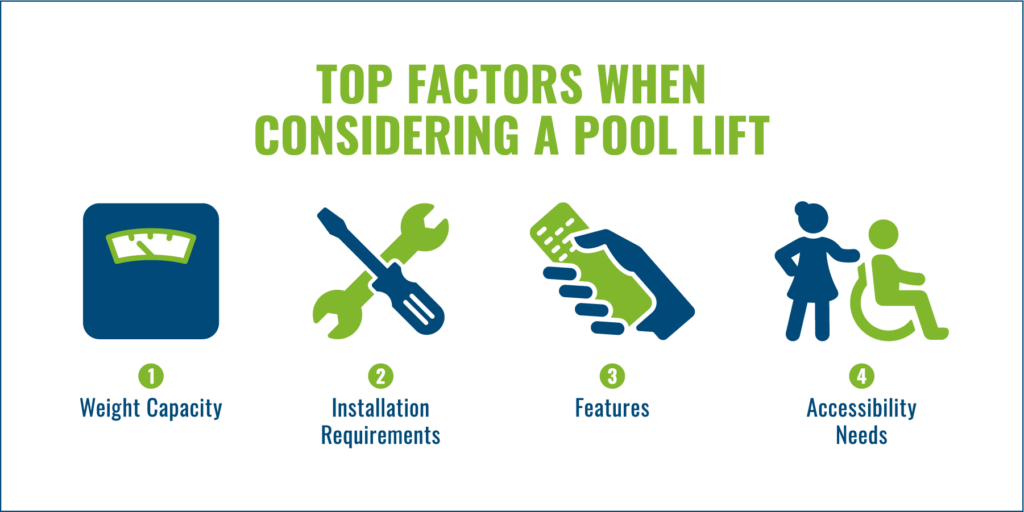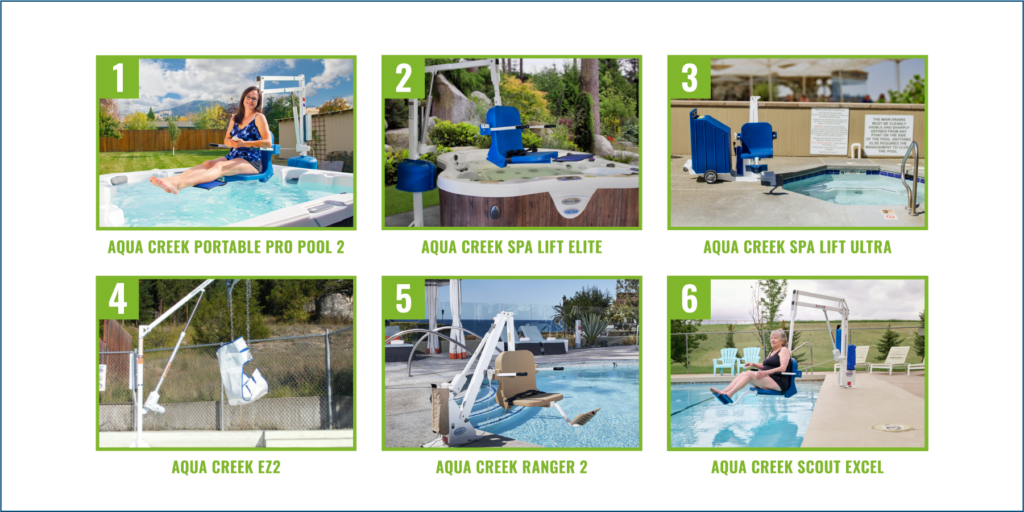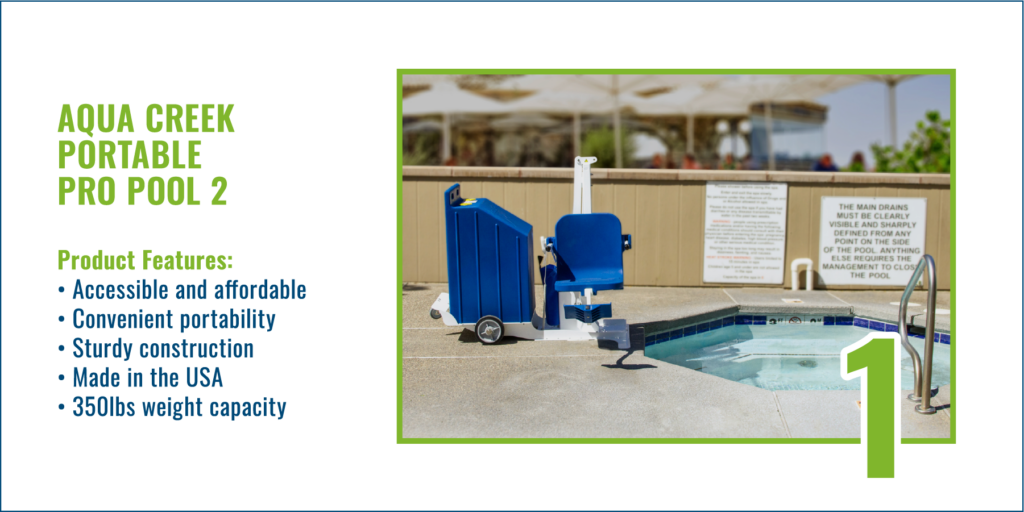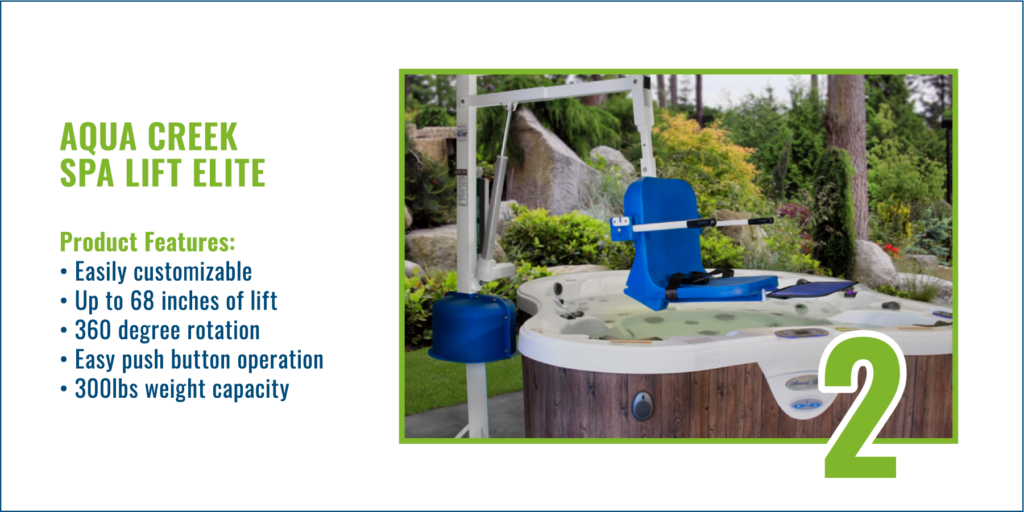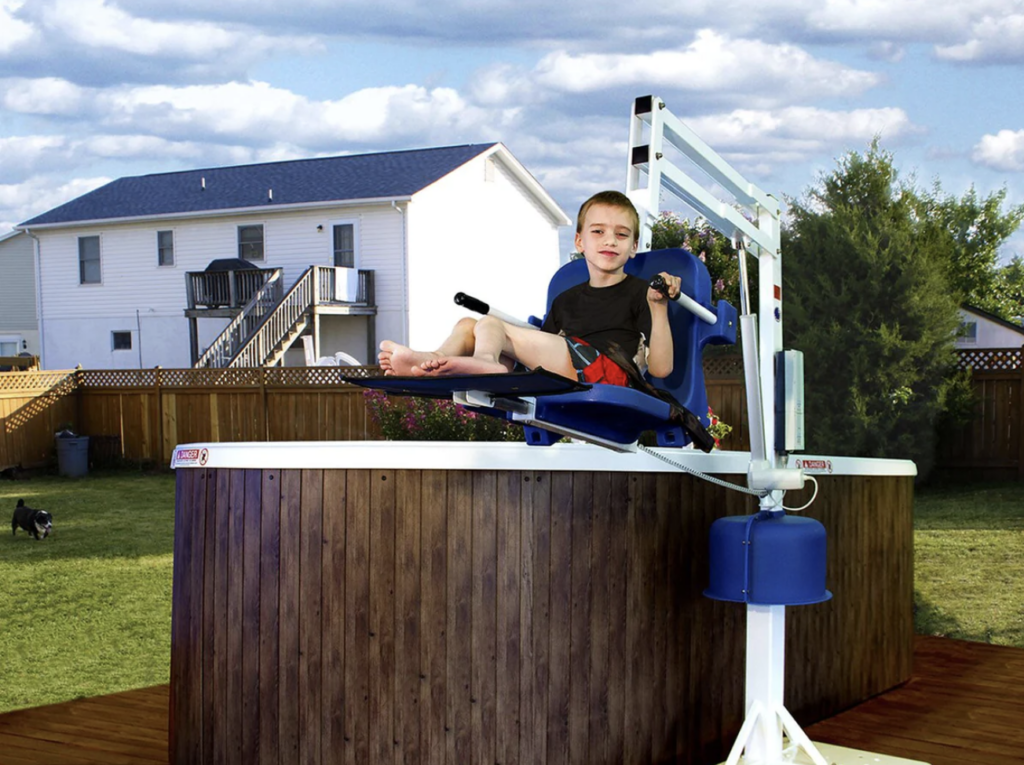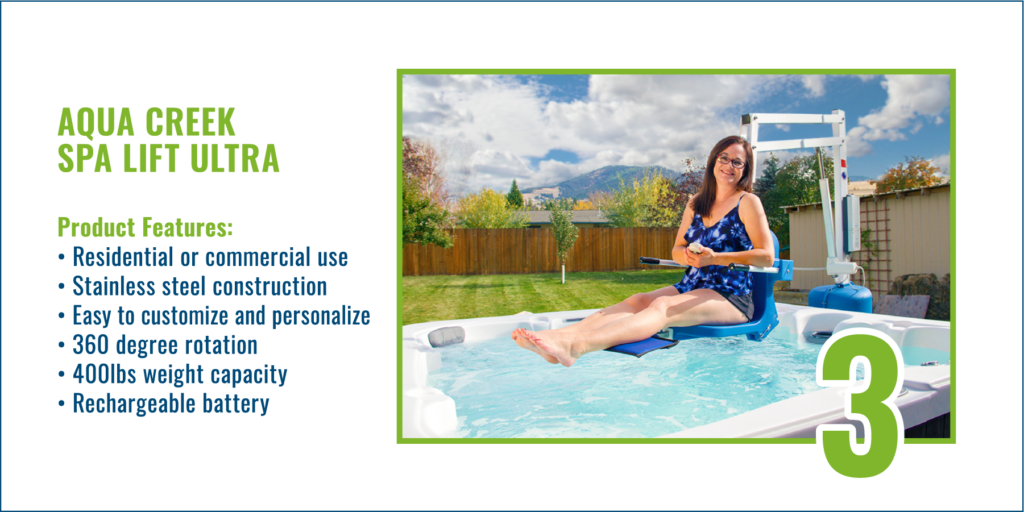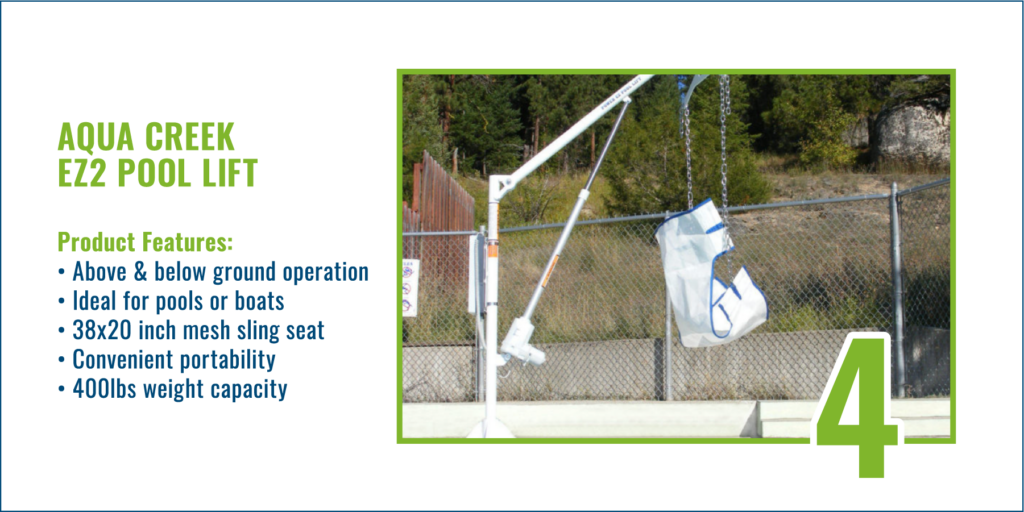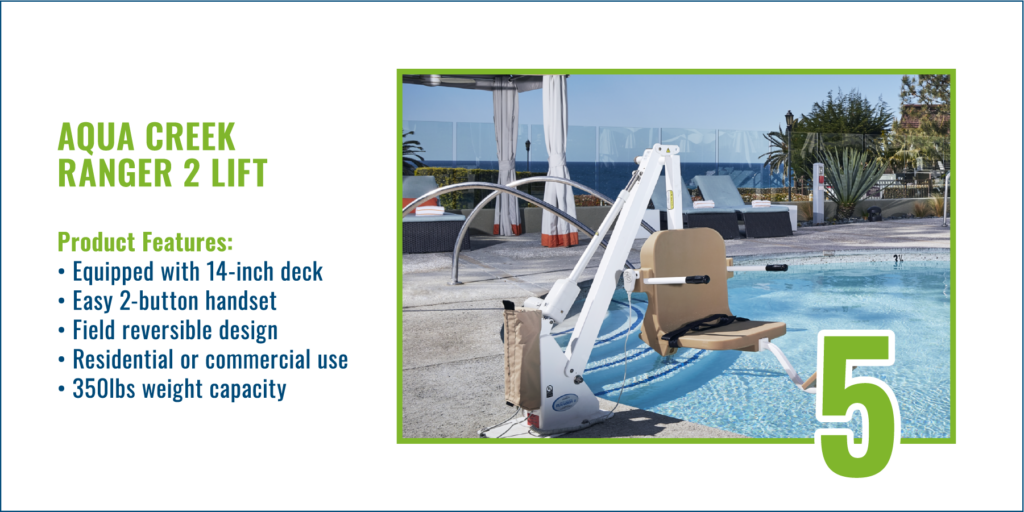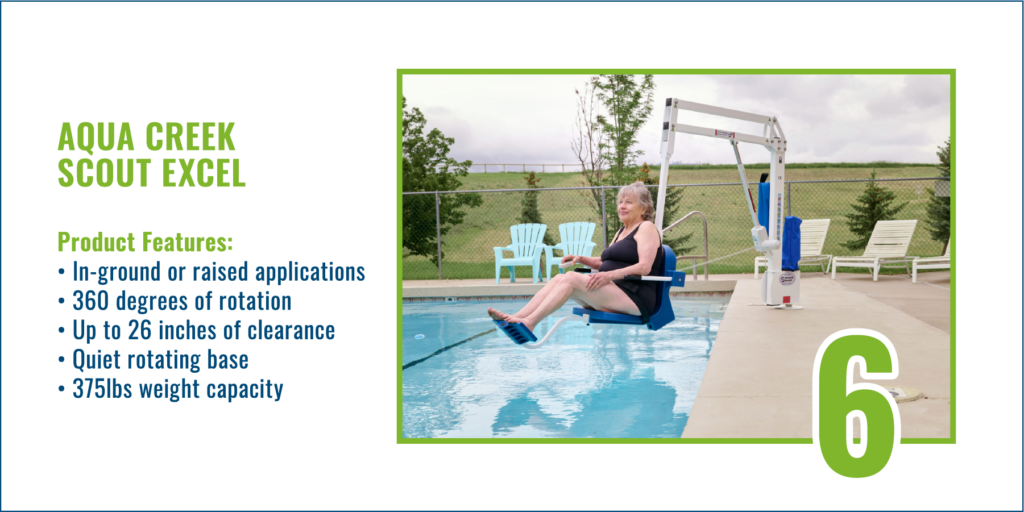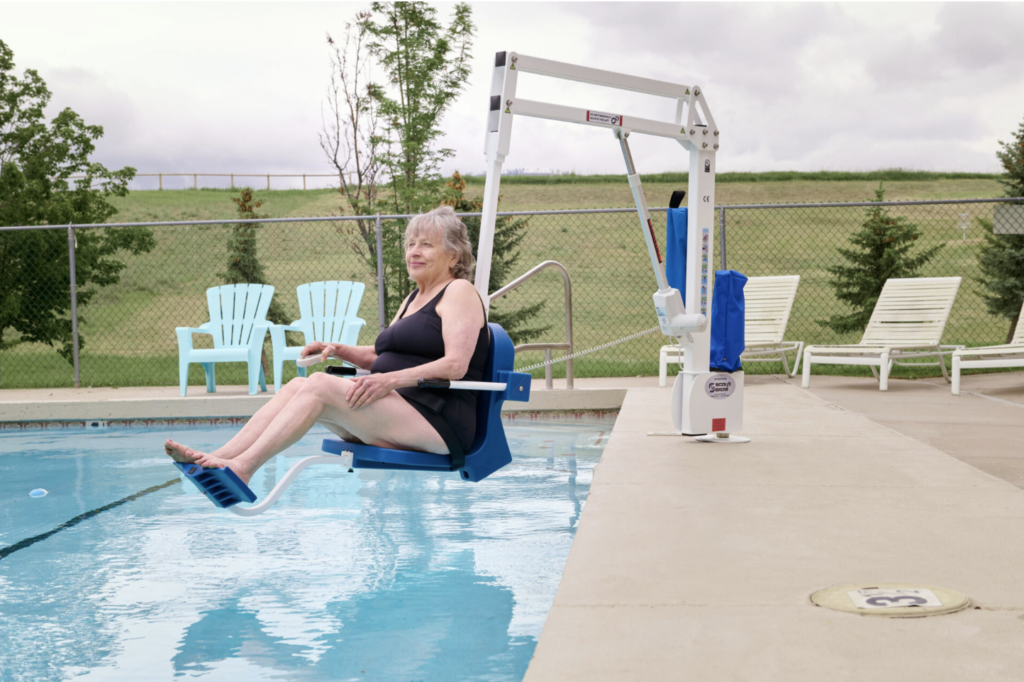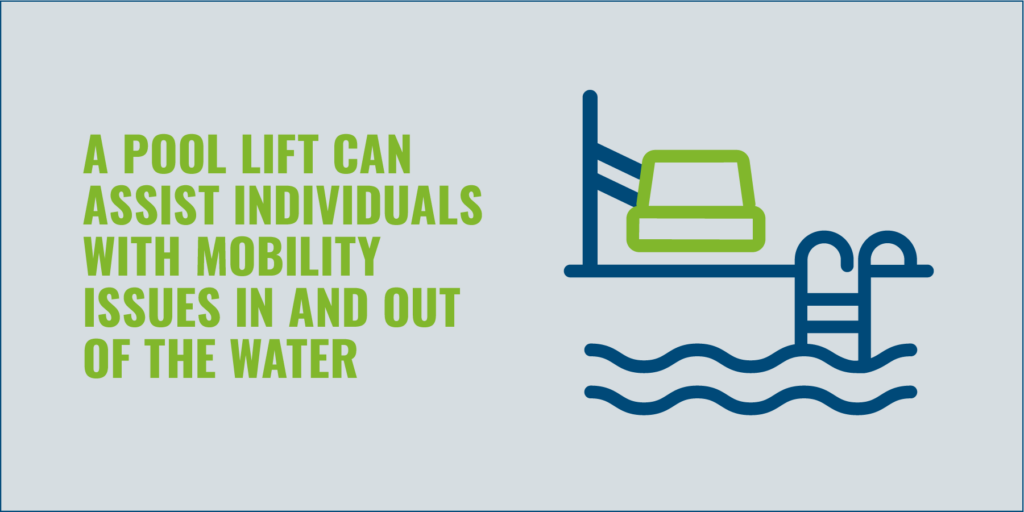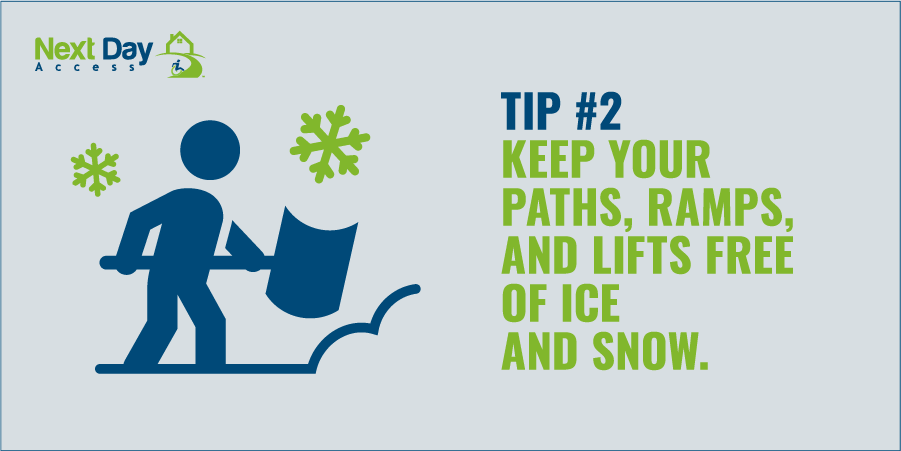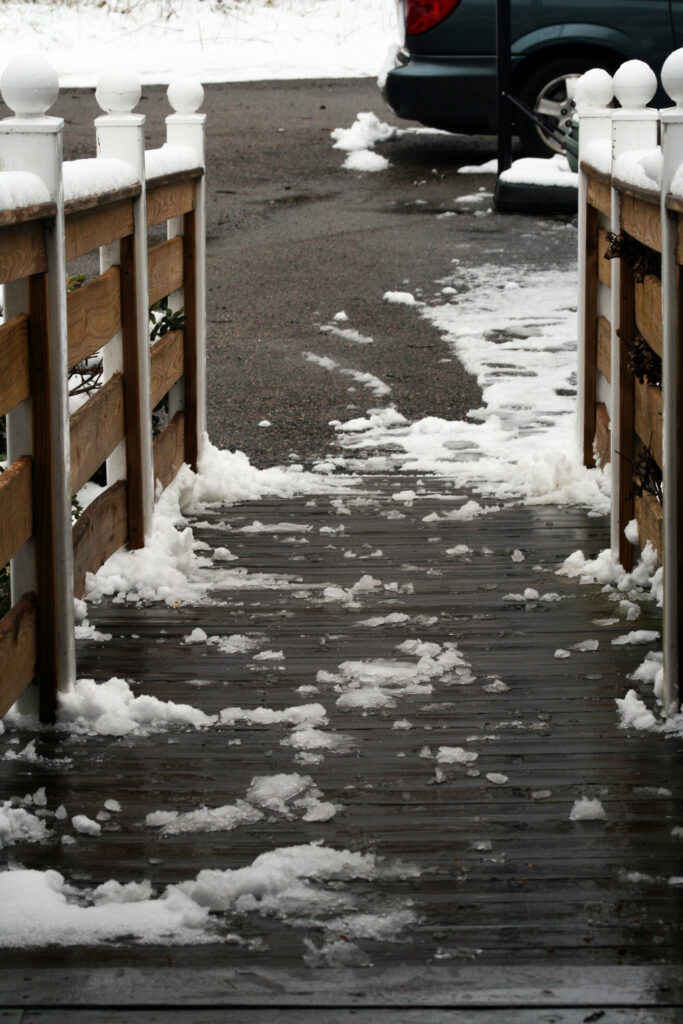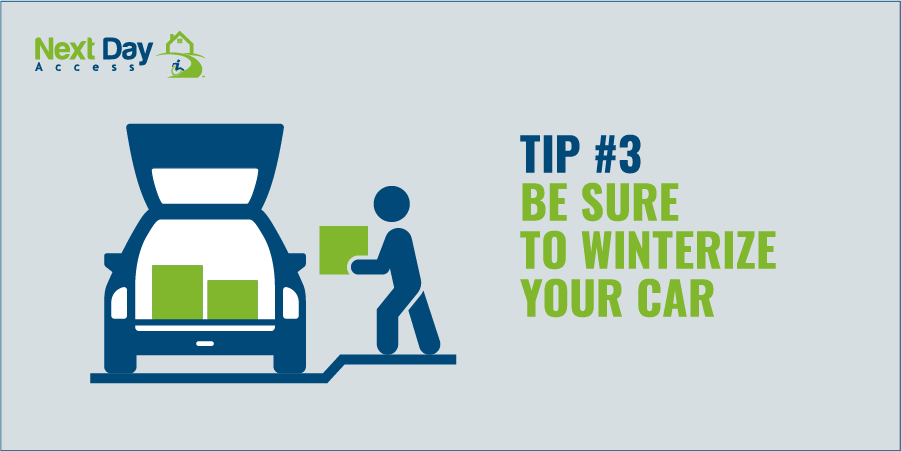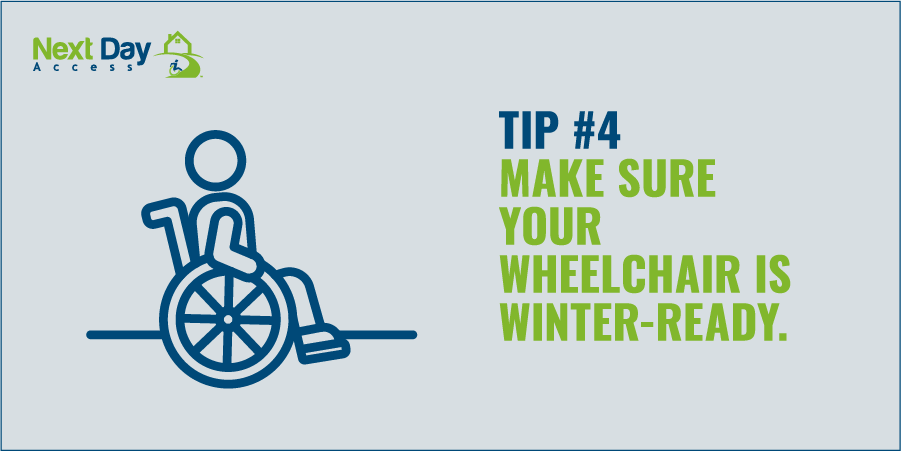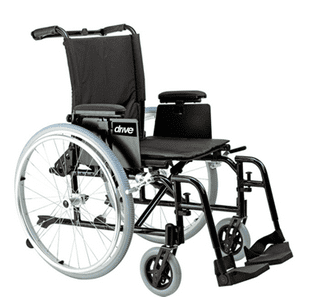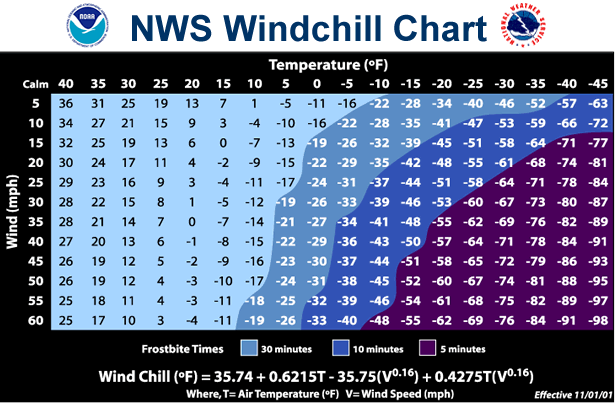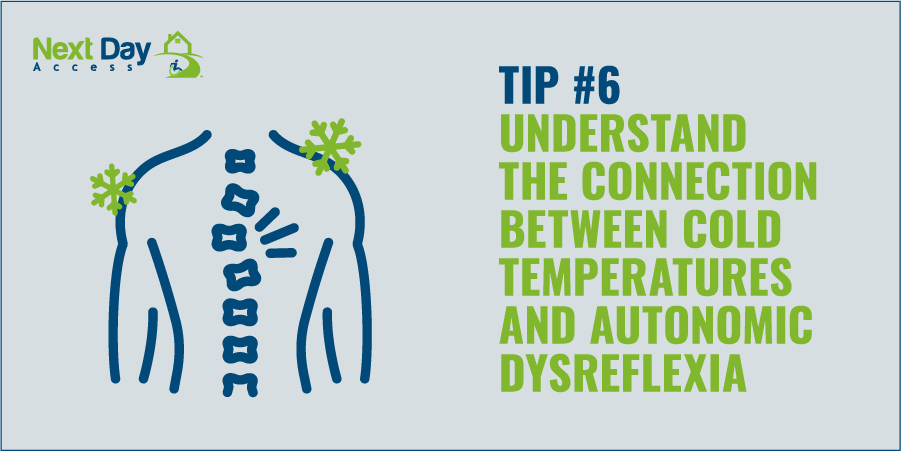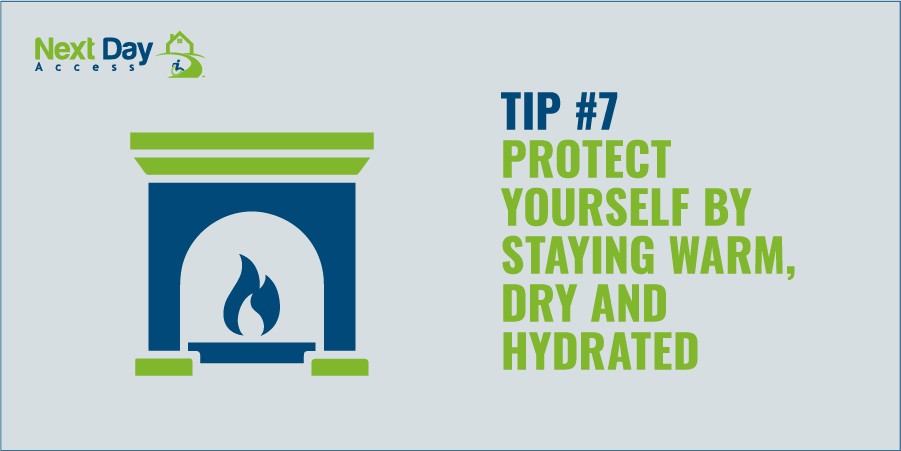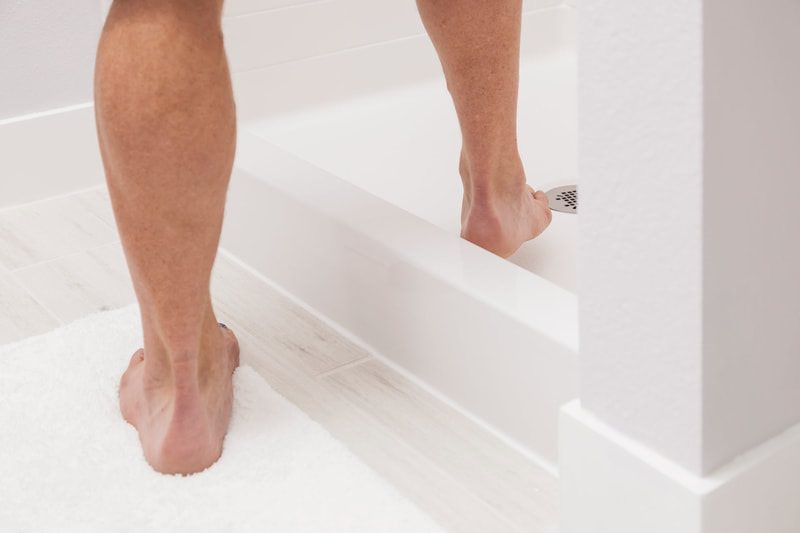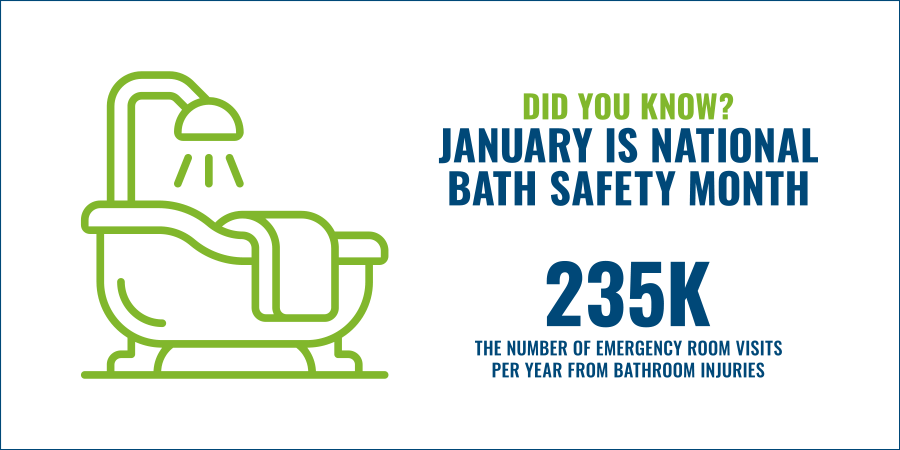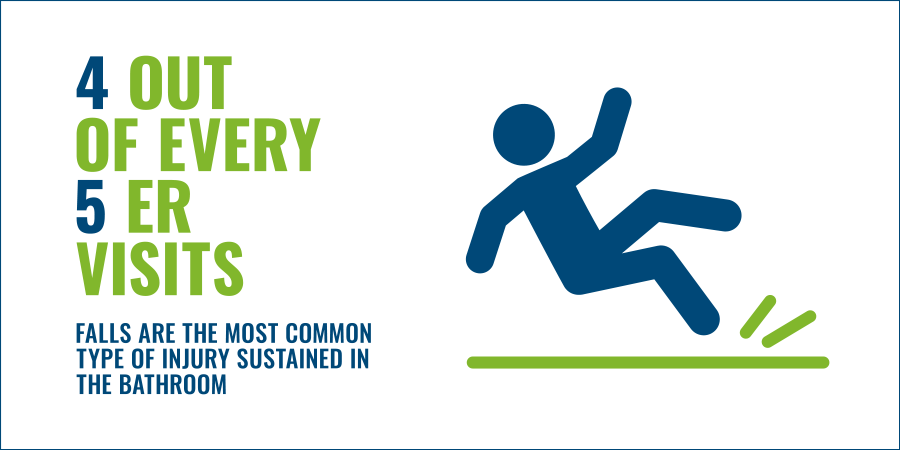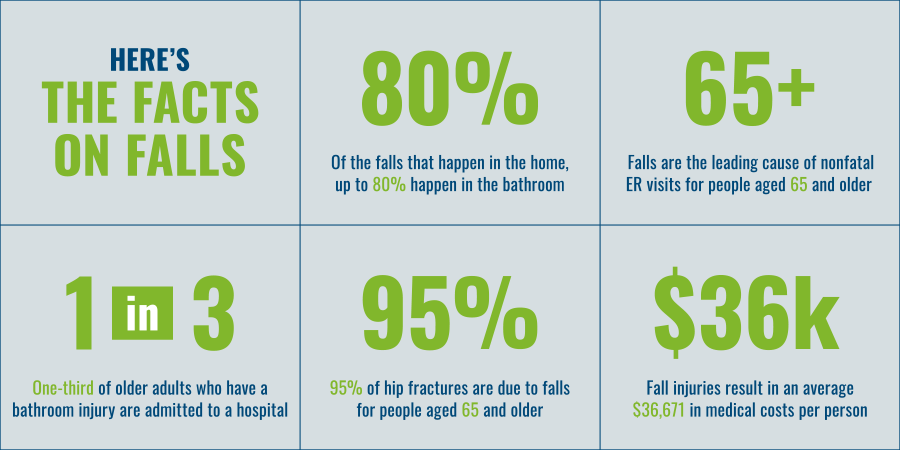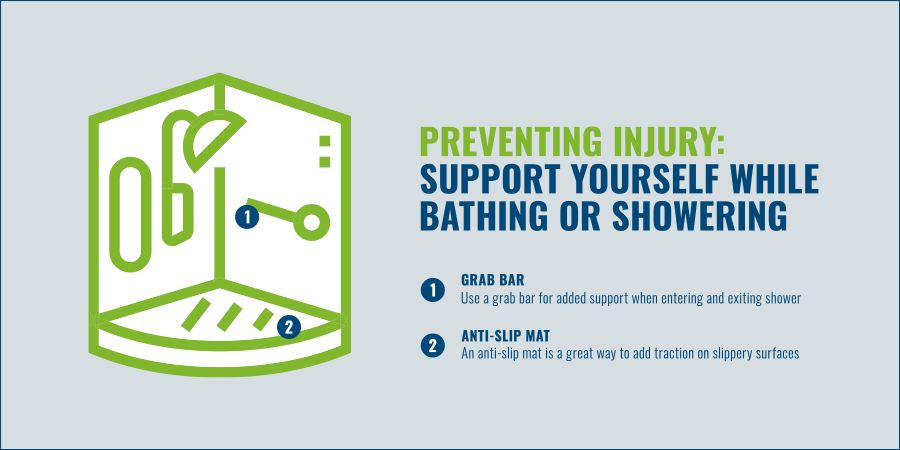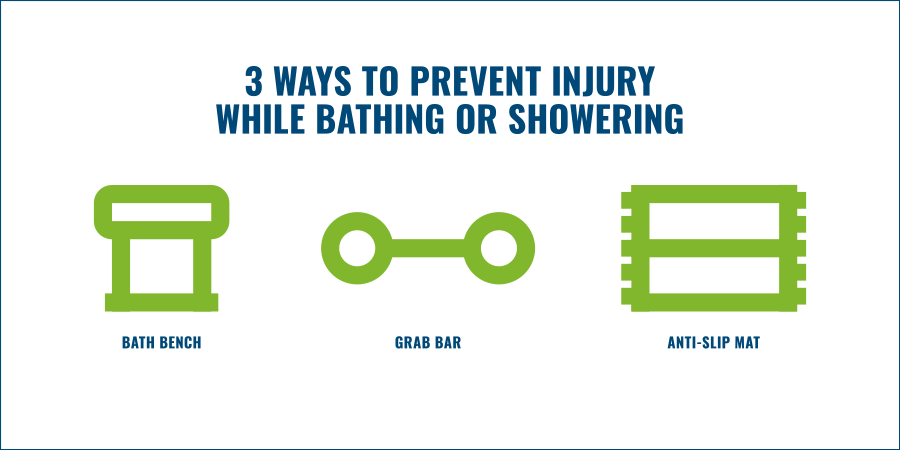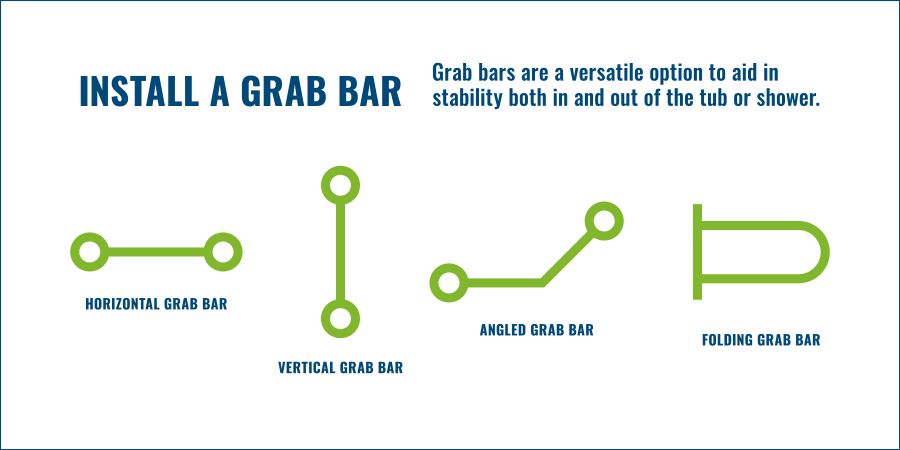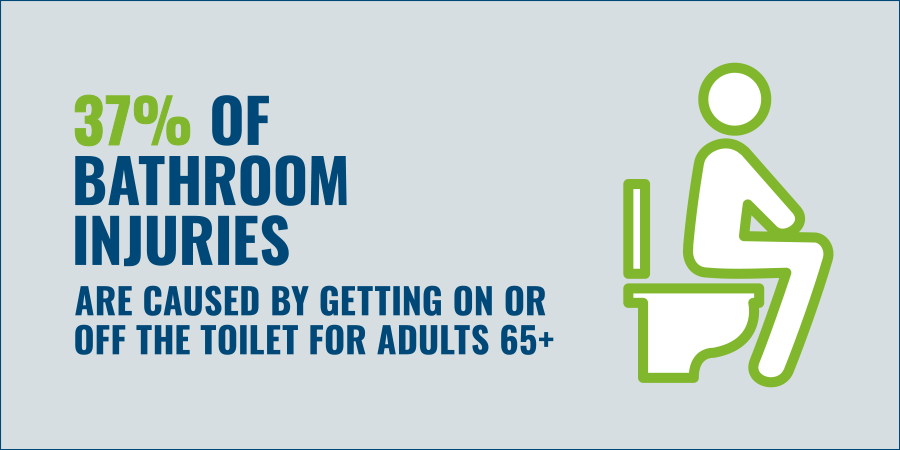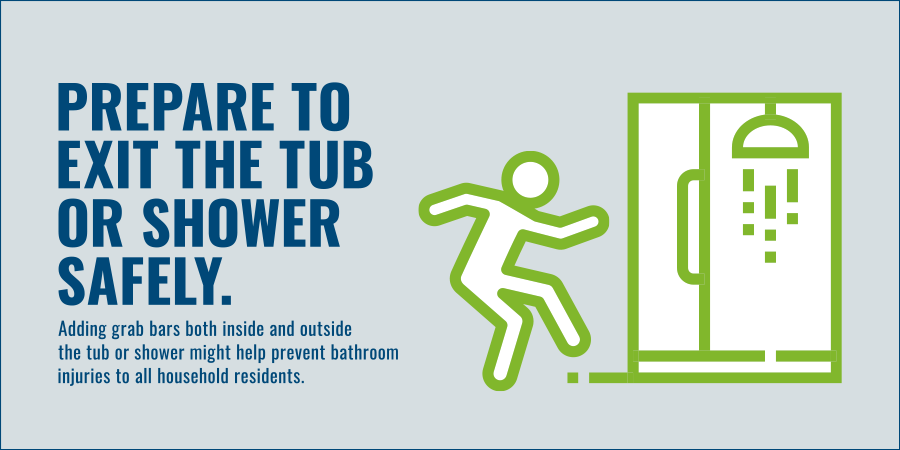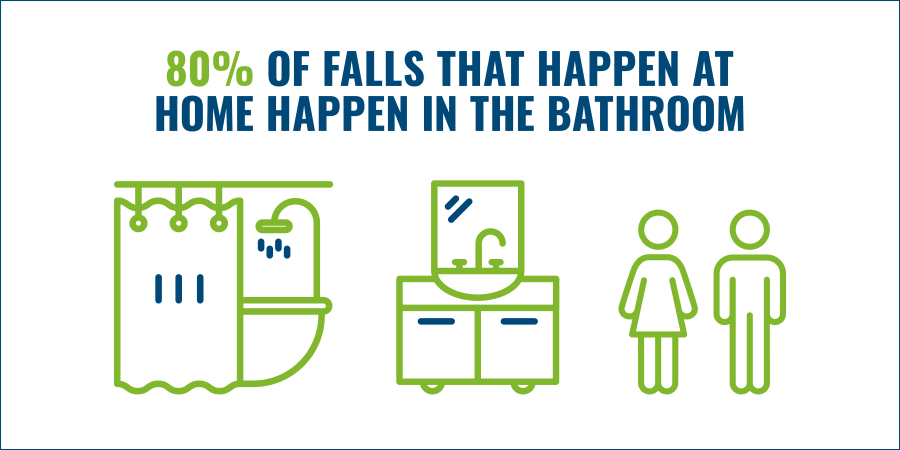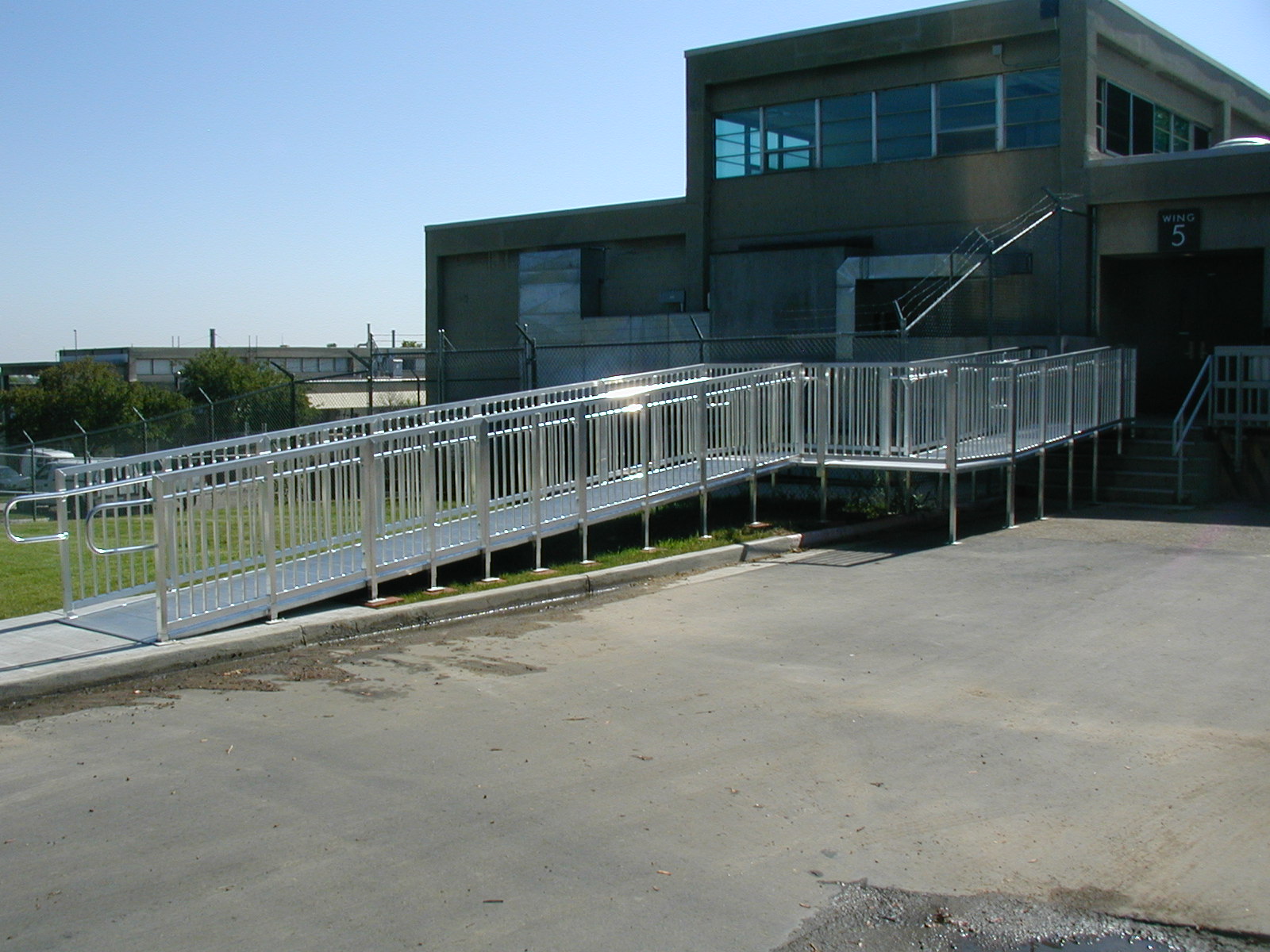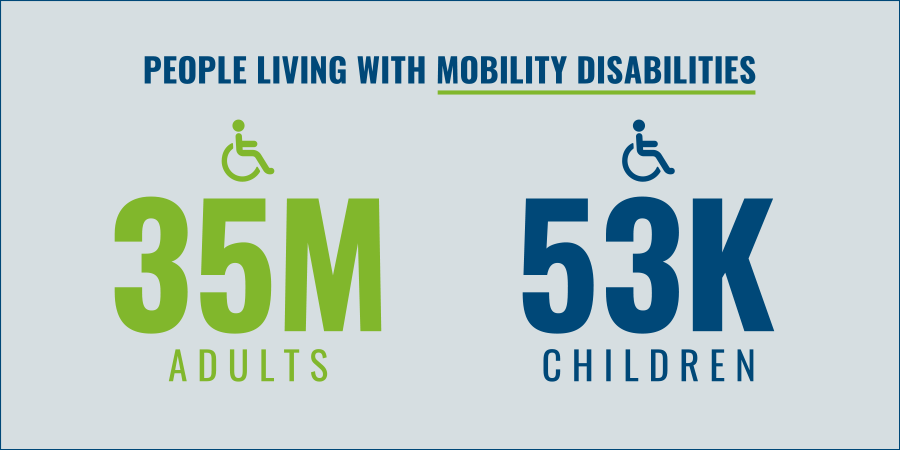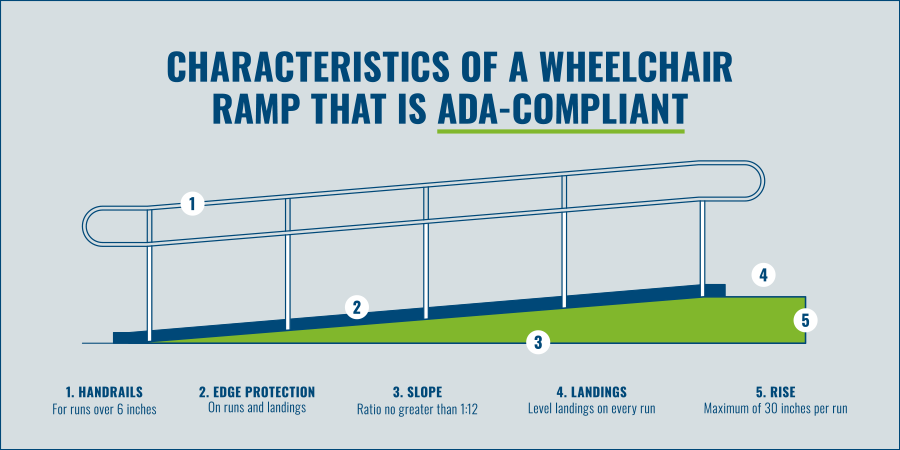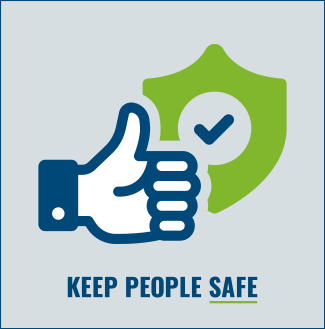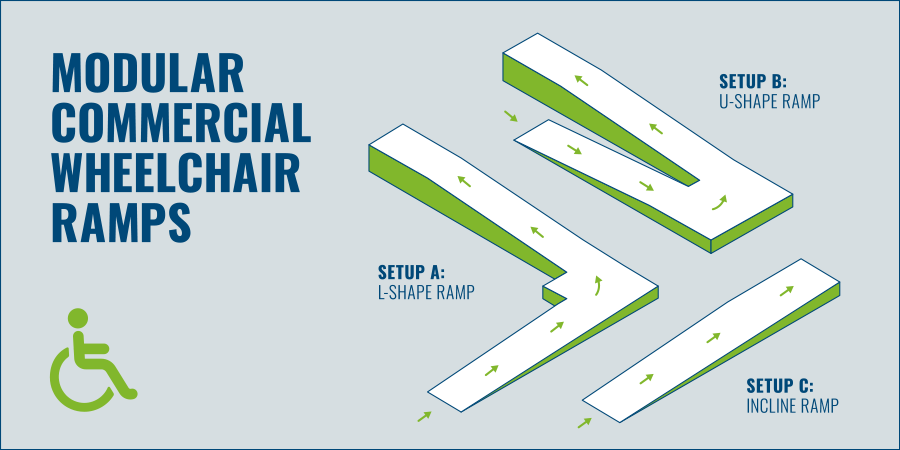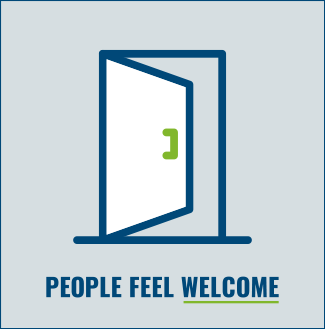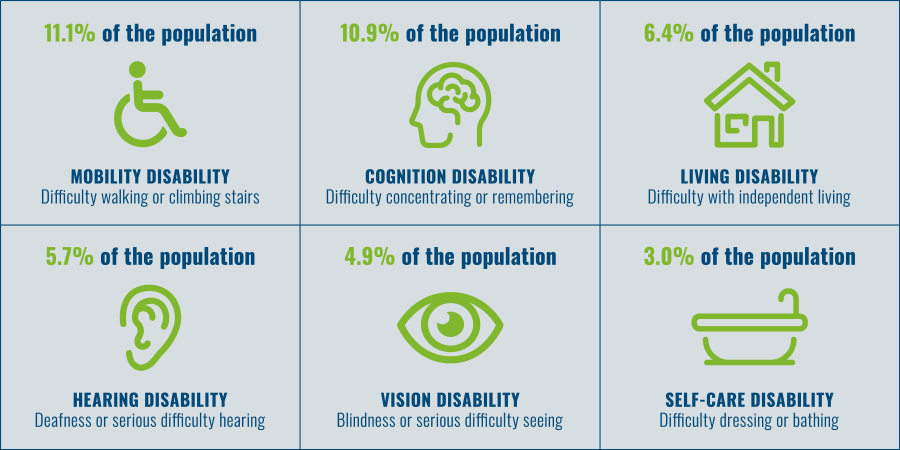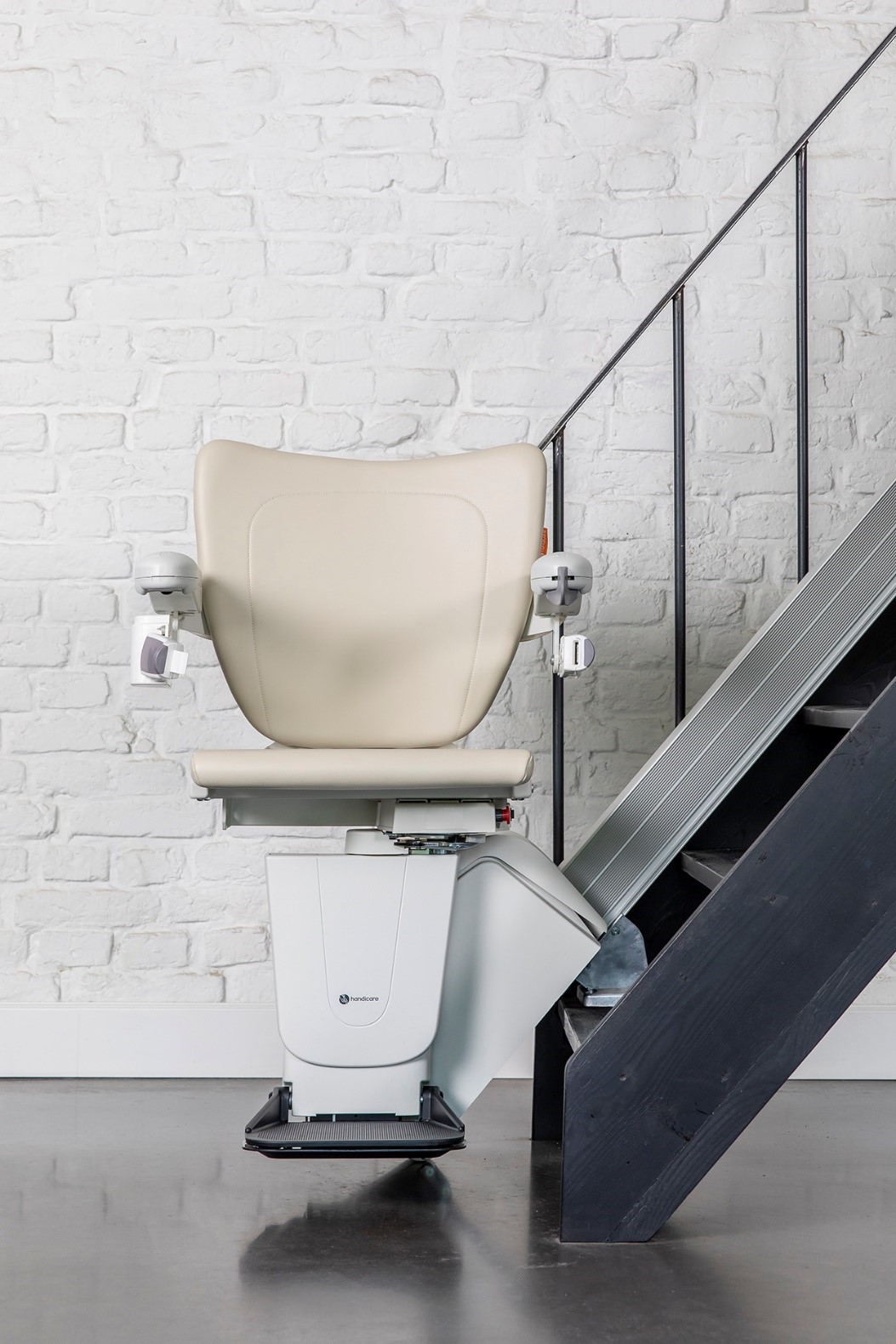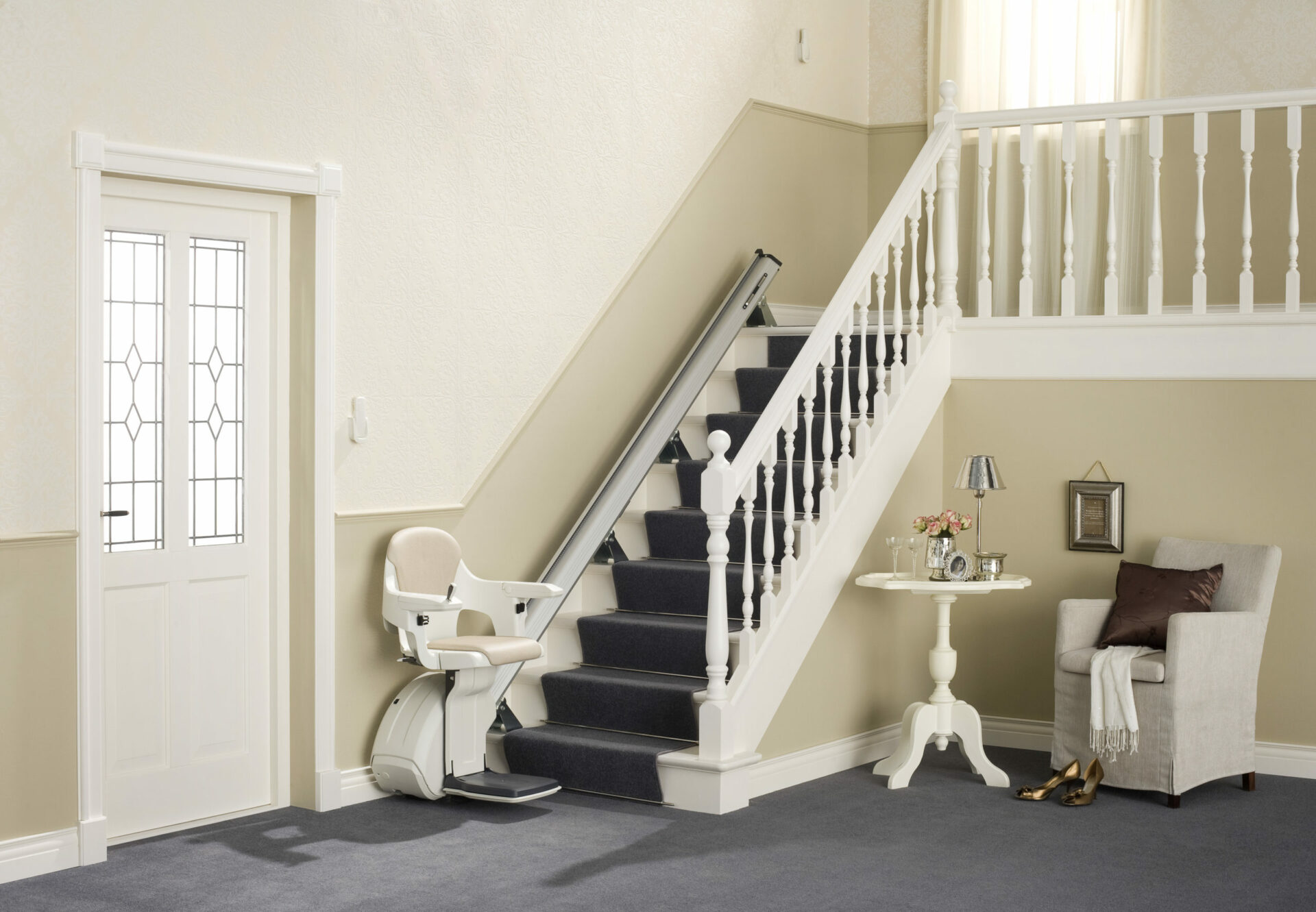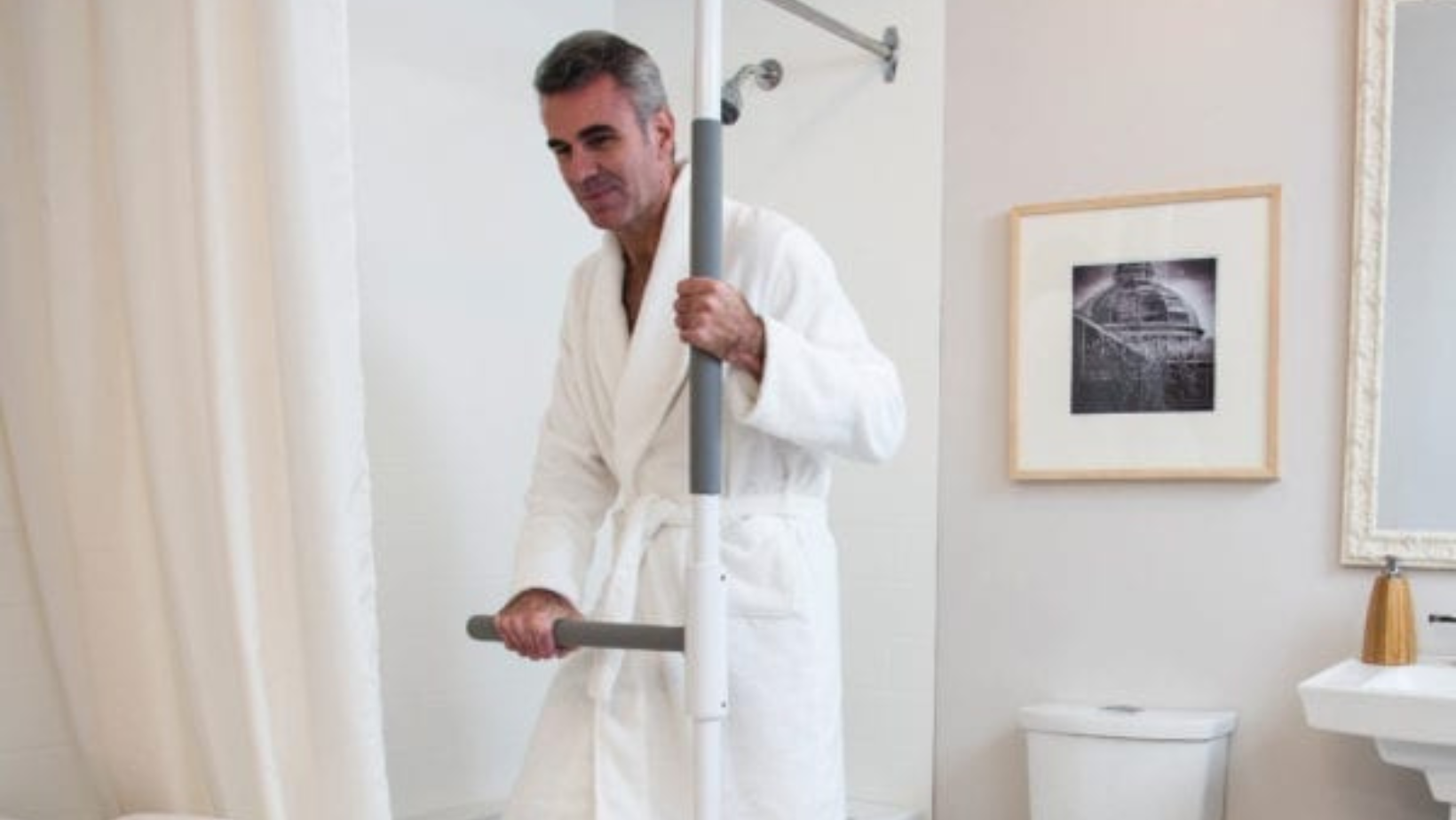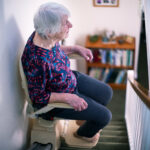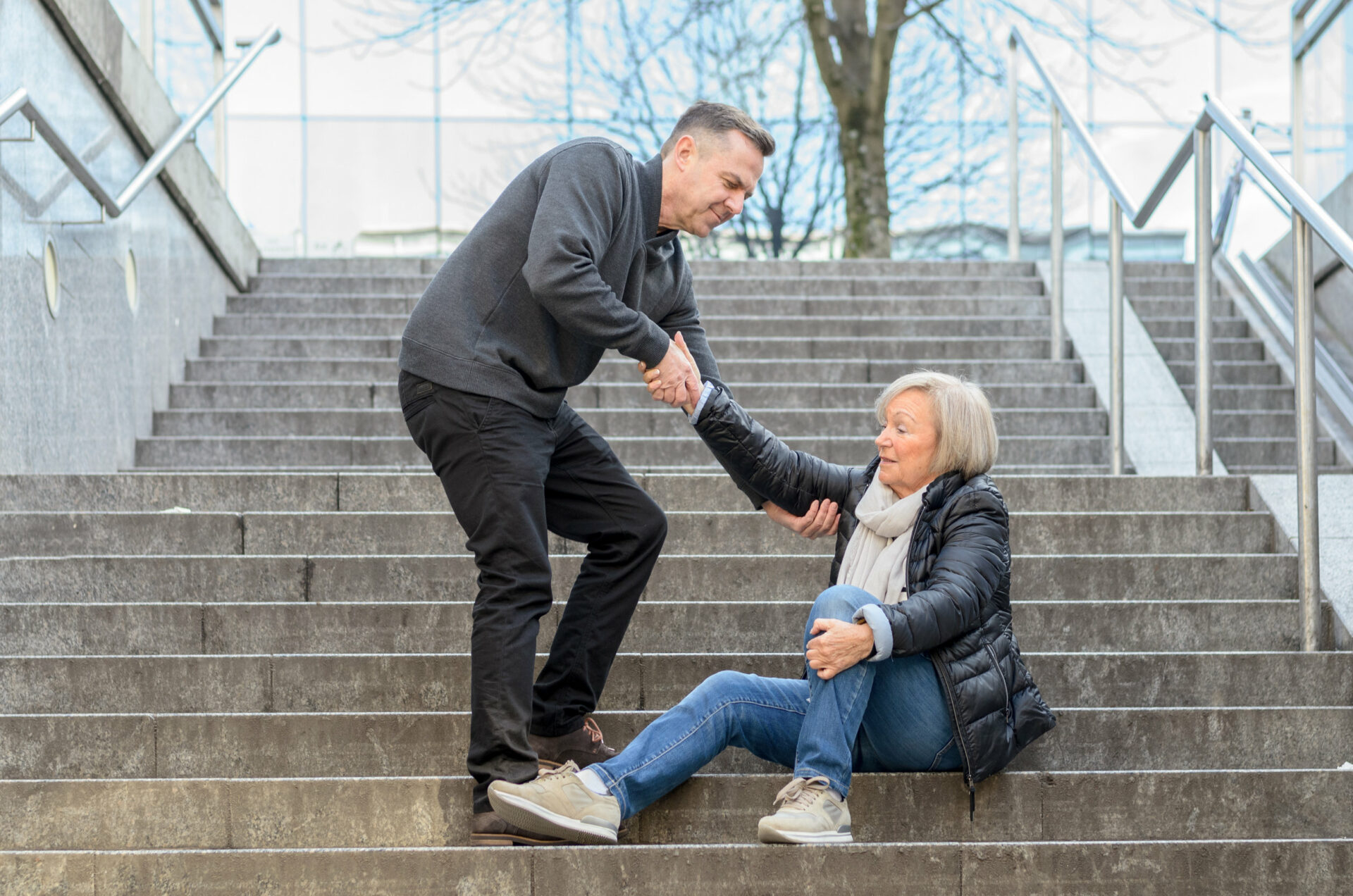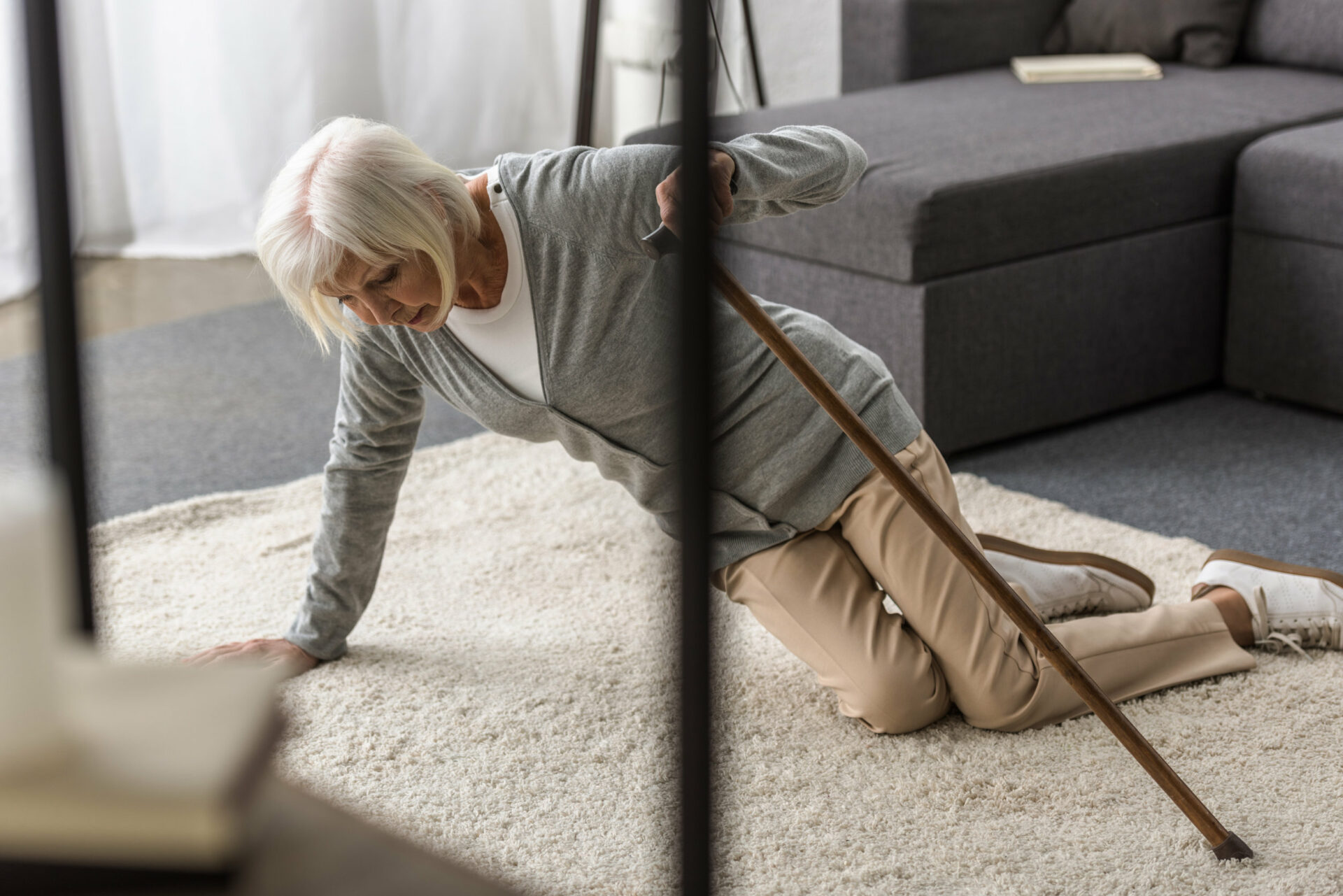
In a world that’s constantly moving forward, it’s often easy to overlook the challenges faced by those who navigate life with accessibility concerns. Every day, millions of individuals find themselves faced with a seemingly simple task that can quickly become a mountain to climb – quite literally. Stairs, one of the most common architectural features, can unfortunately become difficult obstacles for those without stairlifts who have reduced mobility or use wheelchairs.

Statistics paint a vivid picture of the reality these individuals face. Approximately 16% of the world’s population, or 1 in 6, lives with a disability, according to the World Health Organization (WHO). In the United States alone, the Centers for Disease Control and Prevention (CDC) reports that approximately 25.6 million adults face mobility-specific limitations. The simple act of navigating a flight of stairs, once taken for granted, becomes a significant challenge for them.
But challenges spark innovation.
Accessibility solutions have given rise to the stairlift, also known as chairlift. As a leader in mobility solutions, Next Day Access is proud to provide this comprehensive guide for those considering a stairlift for their home or commercial building. Whether you’re a homeowner looking to improve accessibility within your residence or a business owner aiming to enhance customer experience with an outdoor stairlift, this guide is your key to making an informed decision about the most suitable solution for your needs.
Understanding Stairlifts: The Basics and Benefits
A stairlift can provide a multitude of benefits to individuals seeking enhanced mobility, both in residential and commercial settings.
What Are Stairlifts and Why Do They Matter?

A stairlift, also known as a stair chair, stair glide, or chair lift, is a motorized device designed to transport individuals up and down stairs. These innovative solutions have proven to be revolutionary for those who have difficulty climbing stairs due to age, disability, or other mobility challenges.
It is estimated that 100,000 or more stairlifts are sold every year in North America.
HomeCare Magazine

By offering this alternative, stairlifts play a pivotal role in promoting independence, reducing accident risk, and improving the overall quality of life for users.
Stairlifts in Residential Settings

Residential stairlifts are more than just pieces of equipment; they’re gateways to independence. They enable individuals with mobility limitations, such as the elderly or those with disabilities, to navigate their homes freely.
With a recent report showing that 77% of adults 50 and older want to remain in their homes for the long term, residential stairlifts can help allow this to happen.
The ability to traverse between different levels of their residence without assistance not only fosters a sense of independence but also helps maintain users’ emotional well-being by allowing them to retain their cherished daily routines.

Stairlifts in Commercial Settings
Stairlifts, once primarily associated with residential applications, have rapidly evolved to become indispensable solutions in commercial settings. Commercial stairlifts go beyond functionality and become symbols of inclusivity. They signify a commitment to providing access for all customers and visitors, regardless of their mobility status.

For example, a hotel that installs stairlifts ensures that all guests, including those who use mobility aids, can access the upper floors and enjoy a full range of amenities. Similarly, in a shopping mall, a stairlift can transform a seemingly inaccessible area into an easily navigable space for all patrons.
The Advantages of Stairlifts

The advantages of stairlifts extend far beyond their mechanical capabilities. They foster empowerment and well-being for users and caregivers alike. Some of the key benefits include:
1. Enhanced Mobility and Independence
Stairlifts grant individuals with limited mobility the freedom to move between different levels of their homes or establishments autonomously. For instance, people with physical disabilities now have the ability to access the entire home with greater ease and less reliance on others.
This newfound mobility fosters a sense of autonomy and independence.
2. Safety
Stairlifts are equipped with cutting-edge safety features that ensure users’ well-being during every journey. For example, the safety sensors on the stairlift will recognize if the user is not in the seat and will not allow the lift to move until the user is safely seated. Features like seatbelts, obstruction sensors that halt the lift if an object is detected, and emergency stop buttons provide users with a secure and worry-free experience.
3. Improved Quality of Life
By eliminating the challenges posed by stairs, stairlifts facilitate the preservation of social interactions and enable users to access all areas of their living or working environments. For instance, a user may be able to entertain guests in the living room or attend meetings in the office without worrying about their mobility challenges. This improvement in accessibility translates to a higher quality of life.
4. Convenience
Operating a stairlift is simple, thanks to user-friendly controls. Users can effortlessly move between floors, eliminating physical strain associated with stairs climbing. Most stairlifts can often be installed with a range of control options, including joystick, rocker switch, and push-button, to best suit user preferences.
Have more questions about how a stairlift can improve you or your loved ones mobility?
Exploring Different Types of Stairlifts
Just as varied as the staircases they navigate, stairlifts come in a variety of forms tailored to your unique needs. Whether you are looking for a mobility solution for straight, curved, and outdoor stairs, there is a stairlift to fit the bill.

Straight Stairway Lifts
Straight stairway lifts are a simple solution for homes and businesses with simple linear staircases. These lifts smoothly navigate straight stairs without curves or turns.
Streamlined Design and Functionality
Straight stairway lifts stand out for their sleek and compact design, which allows them to seamlessly blend into various environments. For example, with its compact design, the Bruno Elite Straight Stairlift offers not just a pleasing aesthetic but also functional features like comfortable seating, safety sensors, and user-friendly controls. Its design ensures it doesn’t obstruct the staircase, preserving the natural flow of the space.

Easy Installation and Maintenance
Straight stairlifts are not only easy to install but also highly cost-effective, making them a popular choice for many individuals seeking enhanced mobility within their spaces. Products like the Harmar Pinnacle Premium Stairlift SL600 take this convenience a step further. With its innovative drive system, featuring the patented Helical Worm Gear and a reinforced Nylon Polymer Gear Rack, this lift ensures maintenance-free operation. Its design focuses on energy efficiency and smooth operation, making it a reliable choice that stands the test of time.

Curved Stairway Lifts
Curved stairway lifts are a revolutionary solution that brings mobility and elegance into homes with complex staircases. Whether you’re dealing with curves, corners, or intermediate landings, these lifts are designed to address the unique challenges posed by non-linear staircases.
Customized Precision
Curved stairway lifts aren’t one-size-fits-all solutions. They are custom-built to follow the intricate layout of your staircase, providing a seamless and safe journey from the ground floor to the top. The precision required in their design is no small feat. For example, taking tight corners easily, the Bruno Elite Curved Stairlift is designed to seamlessly fit into your home. Custom-made vertical rail delivers a precision fit to maximize open space and provides a sturdy base for an ultra-smooth ride. Its slim profile and contemporary design complement any home’s aesthetics.

Innovative Design and Functionality
These lifts are custom-built to fit the unique layout of your staircase, ensuring a seamless and safe ride from start to finish. They require precise measurements and tailored designs to guarantee an optimal fit for your specific environment. For instance, the Access BDD Flow X stairlift is a perfect option if you have curved staircases, even narrow ones. With its unique open-access armrest position, it makes transferring to the stairlift even easier. Its innovative design enables it to smoothly navigate intricate staircases.

Outdoor Stairway Lifts
Outdoor stairway lifts are more than a mobility aid; they are a symbol of independence and exploration. By blending durability, versatility, safety, and professional support, these lifts provide an unmatched solution for accessing the beauty of the outdoors.
Built to Endure
Outdoor stairway lifts are constructed with robustness and resilience in mind. For example, built with durability in mind, the Handicare 1000 Outdoor Stairlift is designed to withstand a dynamic lifestyle and the challenges posed by the elements. Crafted with waterproof materials and UV protection, this outdoor stairlift assures longevity and reliable performance. With the addition of a weather-resistant cover it ensures that the stairlift remains ready for action regardless of changing weather conditions.
Versatility in Design
Whether for residential gardens or commercial patios, outdoor stairlifts offer an invaluable solution to mobility challenges. Elevating entrances, decks, and even gardens become accessible with these devices, expanding horizons for users with limited mobility.
Even the challenge of curved outdoor staircases can find a solution with a product like the Handicare 2000 Outdoor Curved Stairlift. These lifts address the challenge of curved staircases, landings, pathways, porches, and decks. With its UV resistance and protective cover, this stairlift ensures your journey into the open air is both expedient and sheltered from the elements.

Finding the Best Stairlift: Factors to Consider
What one person considers the best stairlift isn’t always suitable for the next individual. Finding the best stairlift for you and your location requires comprehensive consideration of various key factors. This ensures an impeccable match between user needs, safety, installation, and longevity.
Understanding User Needs
Choosing the right stairlift is an art of customization rooted in understanding the user’s unique mobility requirements. Beyond weight capacity, looking into the finer nuances of comfort preferences, potential future necessities, and daily routines crafts a tailored solution.
Engaging in a meaningful dialogue with both users and caregivers becomes the compass. For example, considering the user’s height, a stairlift with adjustable armrests and a swivel seat makes it easier to transition on and off the lift. This steers the selection process toward the features and specifications that resonate most harmoniously with the user’s journey.
Safety Features and Standards
Safety is the cornerstone of stairlift selection. A constellation of safety features orbits around this decision: the secure embrace of safety belts, the fluid rotation of swivel seats, and the vigilant guardianship of obstruction sensors that stand sentinel against potential hazards.
Beyond individual features, adherence to industry safety standards fortifies the stairlift, offering users peace of mind that their journey is secured with the utmost care. For instance, the American National Standards Institute (ANSI) mandates that every stairlift in the United States be equipped with an emergency stop and manual controls that can be easily accessed in the event of a power failure or other emergency.
Installation and Operation
The installation process is an art of integration, seamlessly melding the stairlift with the staircase architecture. While straight stairway lifts typically embrace simple installation practices, curved stairway lifts require a custom fitting that matches the staircase’s design. The professional installers at Next Day Access understand the nuances of staircases and make sure everything is properly installed and secure.
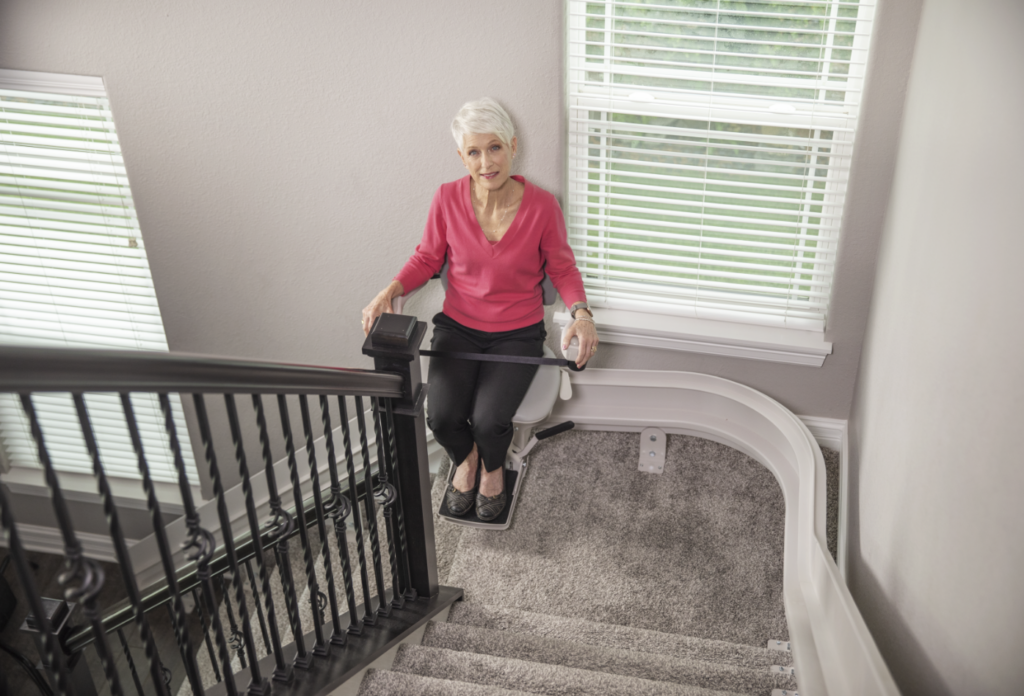
Once the stairlift is installed, they also take the time to show the customer how to use the stairlift and answer any questions they have. Next Day Access installation experts will guide users through controls, safety features, and emergency procedures.
This training prepares users and caregivers to make the most of the stairlift’s functionalities and navigate unexpected situations. For instance, many stairlifts have sensors that detect obstacles in the stairwell and stop the lift to prevent injury. During training, users will learn to use this safety feature and troubleshoot any issues that may arise.
Maintenance and Longevity
While stairlifts are in general low maintenance, they do require some minor regular upkeep to ensure longevity and proper operation. For example, think of your stairlift’s moving parts like a bike chain. Just like a chain needs oil to work smoothly, your stairlift needs some lubrication to keep things moving without any problems. This helps the parts last longer and work better.
Schedule routine inspections to check for wear and tear, lubricate moving parts, and perform necessary repairs. Following the manufacturer’s maintenance recommendations will prolong your stairlift’s life and ensure optimal performance.
Budget Considerations
When you’re looking at getting a stairlift, thinking about your budget is like having a guide to help you pick the right one. Stairlift costs can change based on things like the type you need and the features you want. For example, if your stairs are twisty, a curved stairlift might cost more because it’s like a special design puzzle.
But here’s the thing: while money matters, remember that getting a stairlift isn’t just about the price tag. It’s an investment in making your life better. It’s like buying something that helps you be more independent and move around easier, even if your stairs are a challenge. The long-term benefits and improved quality of life often outweigh the initial investment. Explore financing options, grants, and insurance coverage to make the solution more affordable.
Explore Financing with Next Day Access
Customization and Aesthetics
Stairlifts can be customized to match your home’s aesthetics and personal preferences. For example, many manufacturers allow you to choose the upholstery, finish, and color of your stairlift to coordinate with your interior. Additionally, you can choose between a variety of features like fold-up arms, footrests, and weight capacity. Depending on the model, you may even be able to add additional power outlets, USB ports, and automated features.
Your Partner in Mobility Solutions
Remember, stairlifts aren’t just a piece of equipment—they provide independence, improved quality of life, and peace of mind. Whether you’re dealing with straight, curved, or outdoor stairs, there’s a stairlift solution tailored to your unique needs.
However, it’s not always easy to know what type of stairlift to buy. From choosing the right one to financing and installing them, there is a lot to consider. At Next Day Access, we help our customers find the right mobility solution for their situation, provide secure installation, and train them on how to use it so they can live a more independent life.
Contact us to start a conversation today.





